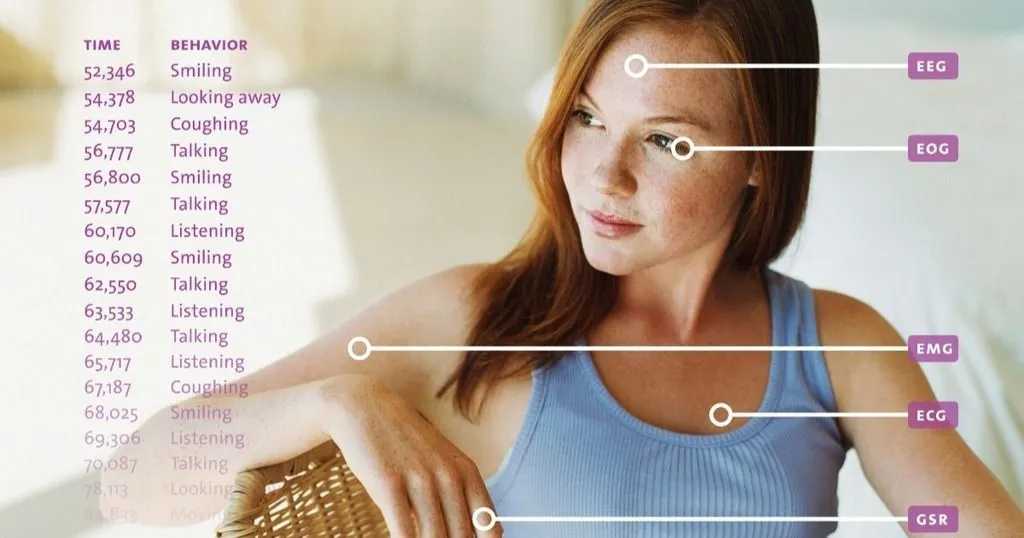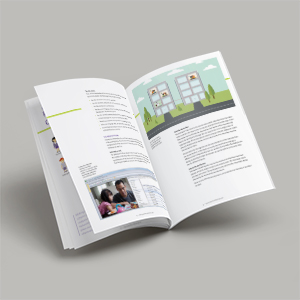Top 10 best human behavior research blog posts in 2019

As we are in the middle of the holiday season, it is time to look back on another year on the Behavioral Research Blog! What are the best reads on human behavior research?
Posted by
Published on
Mon 23 Dec. 2019
Topics
| Coding Schemes | Consumer Behavior | Emotions | FaceReader | Facial Expression Analysis | Observational Research | On-site Research | TrackLab | UX Research | UX Lab |
Which blog posts did you enjoy most this year? As the year comes to an end, we have collected the top 10 best reads on human behavior research.
10. Shopping behavior
First up is a blog post about monitoring spatial behavior of consumers in a supermarket: “Shopping behavior – what can we measure in a retail environment?”
Studies are increasingly showing that shopping behavior is not clear-cut rational behavior. For example, ambience conditions such as light, sound, and smell are thought to affect shoppers’ behaviors. One way to study the effects of these environmental cues is by tracking shoppers’ movement and location. What areas do they visit? And for how long? What route do they take? Using TrackLab, the researchers in this blog post studied the effects of different conditions on shopping behaviors.
9. Ultimate list of neuroscience lab software tools
In our blog post “The ultimate list of neuroscience lab software tools” we discuss state-of-the-art solutions for your research in neuroscience. Are you interested in starting a new lab, or perhaps in updating your current lab to its maximum potential? If so, this list of ultimate neuroscience software tools is the place to begin!
8. Observation lab
Next is our blog post “Unobtrusive observations.”
Where and how to observe test participants in order to collect reliable data? An observation lab is designed to observe your test participants unobtrusively, in an environment similar to their natural surroundings. In this blog post, we discuss the factors that you should take into account when designing an observation lab.
7. What is biometric research?
At number 7 is our blog post “What is Biometric Research?”
Biometric research is the study of subconscious processes related to attention, cognition, emotion, and physiological arousal. Biometric researchers use sensors that are designed to measure and record various bodily signals– from our facial expressions and eye movements, to our heart rate, brain signals, and more. These signals provide information on how you truly feel, which is valuable in research fields such as psychology, consumer science, and neuromarketing.
6. Labs with the latest UX tools
Over the past few years we have been involved in some of the most amazing UX labs. From gaming research labs to modern social media labs and purpose-built usability testing labs. In our blog post “Three UX Lab examples with the latest UX research tools” we tell you a little more about the research that is happening in three of these labs. Read more about Dubai’s first purpose-built usability lab, the Social Media Lab in Belgium, and Tech3Lab’s Montréal-based UX lab.
5. Botulinum toxin and facial expressions
Next on the list is a guest blog by Marsha Wichers: “How botulinum toxin affects facial expression.”
For the past twenty years, the demand for cosmetic procedures to the face has increased drastically. In her blog post, Marsha examines whether the use of botulinum toxin influences facial expressions, using her own face as a test case. Using FaceReader, she shows us what her emotional expressions look like before and after using botulinum toxin.
4. How emotions are made
In our blog post “How emotions are made” we discuss how emotions are created by the brain to give meaning to our experiences and sensations. To decide which emotion is appropriate, our brain uses information from the outside world and our past experiences. Do you want to know more about this subject? Read another blog post in a series on how to measure emotions.
3. Coding scheme set-up
Number 3 on our list is “7 Tips to set up a coding scheme.”
A coding scheme or ethogram determines what data you collect and is, thus, an essential part of your behavioral study. How to develop a coding scheme that will provide you with the information you need? This blog post provides you with three tips to set up a coding scheme and offers a free white paper that lists four more!
2. How to study human behavior
As the runner-up we present our blog post “How to study human behavior.”
In this blog post we explore various aspects of human behavior research. What are different perspectives on behavior? In what research areas is it valuable to study human behavior? What is the difference between qualitative and quantitative research? And how can observations, physiological measures, or implicit tests help you gain insights in human behavior? If you want to know more about human behavior research, this is the place to start!
1. On-site observation
And now the moment you have all been waiting for: our number 1 human behavior blog post for 2019! This honor goes to “Two examples of on-site observational studies with older persons.”
When conducting studies with older age groups, health issues or distance may prevent your participants from travelling to your lab. An on-site observational lab may just be the answer! In this blog post, we highlight the practical aspects to think about when conducting on-site research, as well as two research examples with older persons. The first example explores how familiarity influences the use of electronic devices in different age groups. In the second study, researchers compare different methods of observing pain expressions in dementia patients.
Happy new year!
This concludes our list of Top 10 best human behavior research blog posts in 2019. But don’t worry, there is more to come in 2020!
Enjoy your holidays and a very happy new year from Noldus and the Behavioral Research Blog team!
Related Posts

Playing virtual games with frames

Five studies showing the power of multi-modal data in behavioral research



